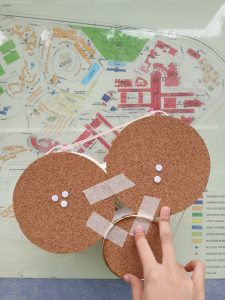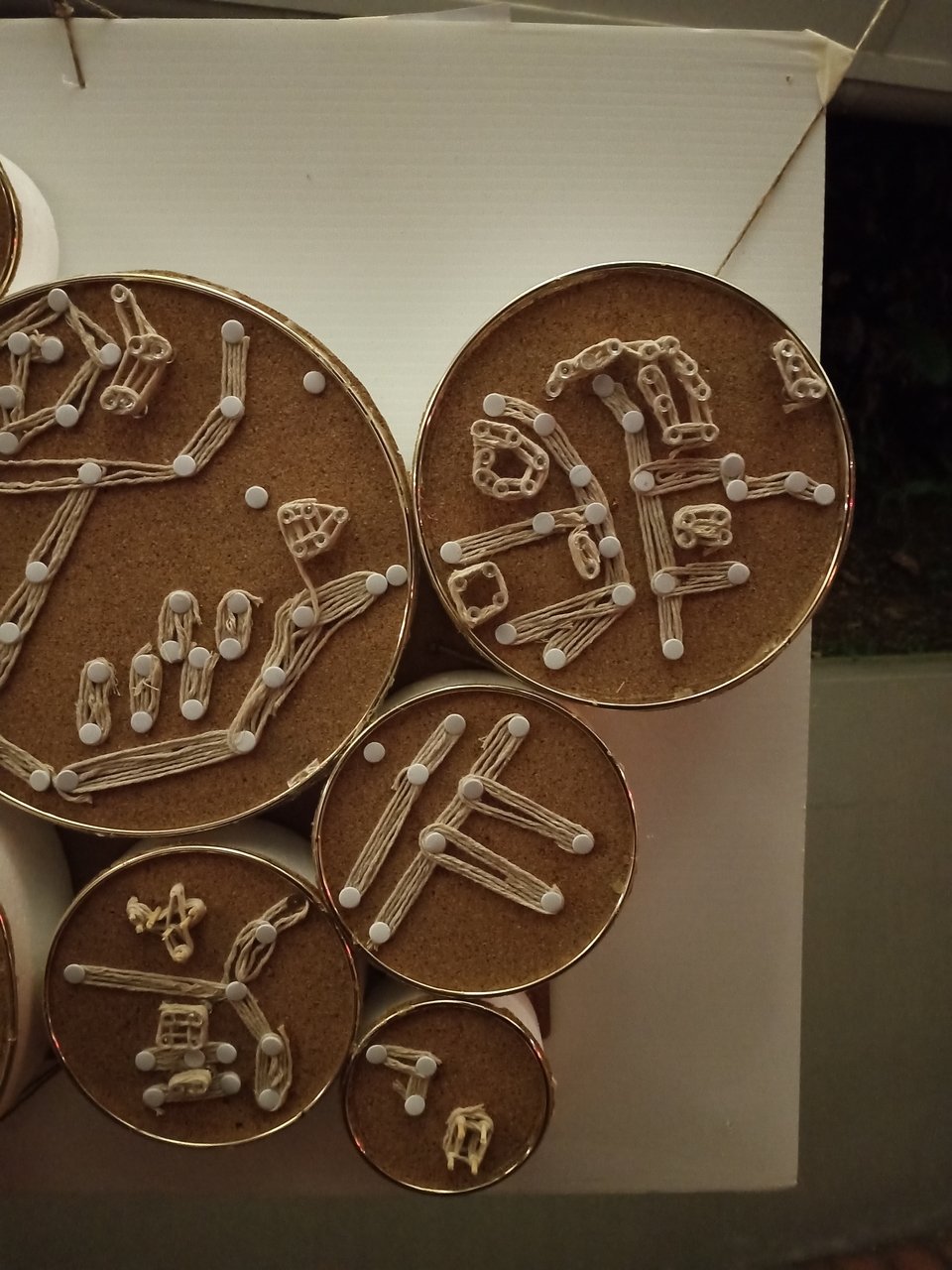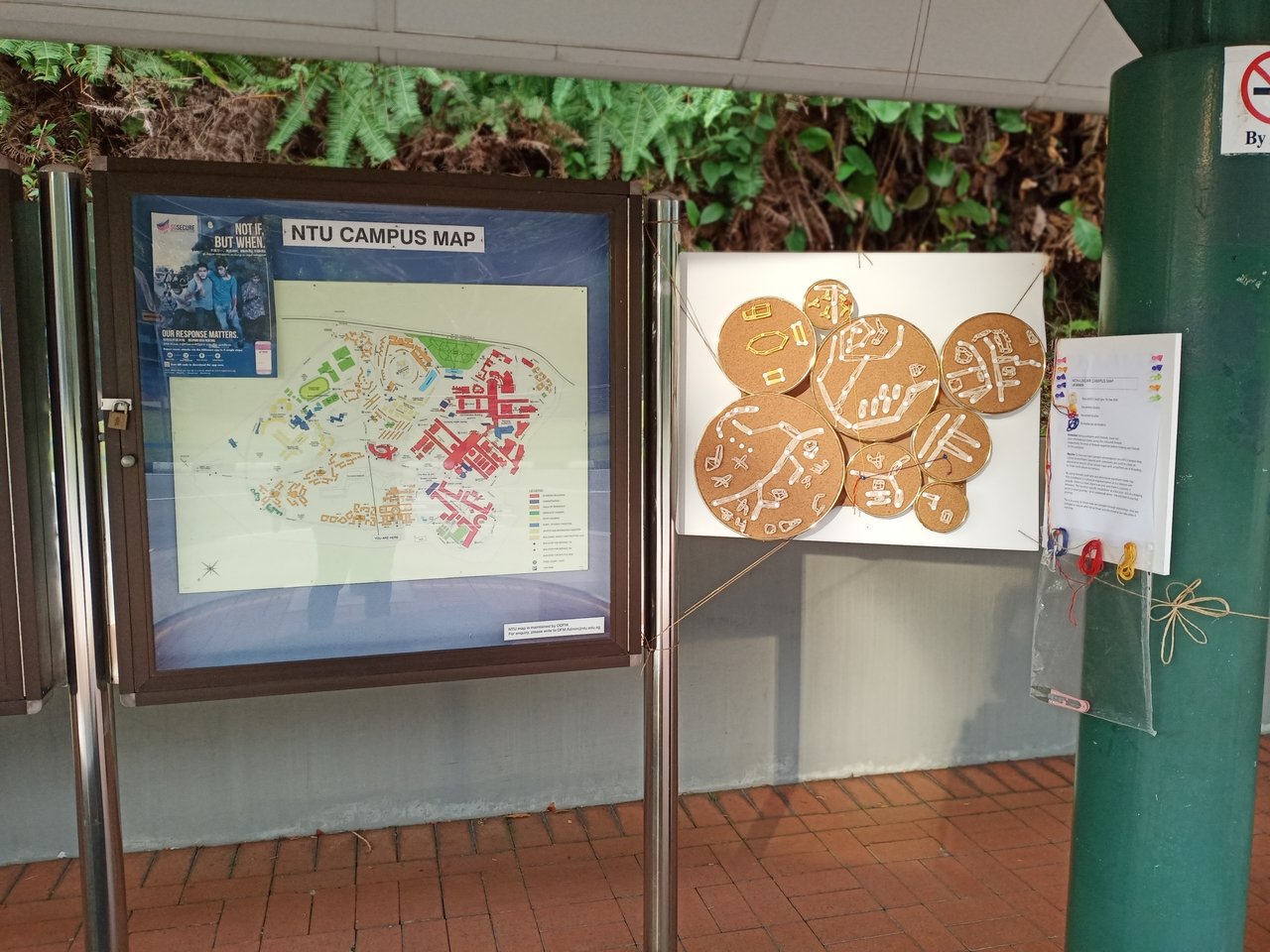Front and back regions of the body is used as concept used in space
“The human being, by his mere presence, imposes a schema on space.”
“He marks its presence on those ritual occasions that lift life above the ordinary ad so force him to an awareness of life’s values”
Same structure and values of the human body
The symbolic advantages of upper stories of a house can easily be outweighed by their practical problems.
Islamic tradition – Kaabah, is not only the center and naval of the world but also its highest point
Frontal space is mainly visual, represents dignity , awe and commands respect
Back space is “dark”
This reading seems to revolve around the idea of bringing the concept of how our body postures are naturally and how it relates to space.
Circumambient space is differentiated in accordance with schema of his body.
People may work in the same building yet experience different worlds because their unequal status propels them into different circulatory routes and work areas.
By using the example of ADM buildings, there are made up of different floors, the upper floors are mainly occupied by staff, and the bottom floors are rooms for students, study labs, lecture rooms and workshop area. Since we have our own places to go to, it is interesting how the rooms that we visit often are different in terms of space and environment. The upper floors appear quieter, and isolated office rooms and mainly older teaching staff are there to interact with each other. This is a completely different setting in the lower floors where it the setting is slightly less formal and noisier.
With the way spaces are being constructed, the creator has a deliberate way of positioning people and space, where in real life situations– customer service sector facing entrance door to welcome visitors, are also quiet interesting to take note of. This deliberately planned usage of space also encourages likelihood of certain people to bump into each other, and above all, and empty space makes more room for more people to interact and increase possibilities of forming relations.
At the same time, in places like hotels or restaurants, visitors rarely get to see people pushing in box cartons or the stressful cooking environment at the kitchen – which would not be the best sight to see for them. However, in TV shows like Hell’s Kitchen, there is a division in place between the restaurant tables and chairs and the kitchen – by glass walls in place.
Being close combines two meanings of intimacy and geographical closeness. As the friend moves father and farther away geographically, emotional warmth also declines.
“out of sight, out of mind”
Alternatively, “social distance may be the inverse of geographical distance”.
Giant posters above at the start of expressway is also a way to signal motorists that they are entering a long stretch of road – which is similar to a welcome sign at the front part of person’s house, and that also reflects how we construct buildings with the intention of making people more conscious of the spaces they are entering in a safe way.


































